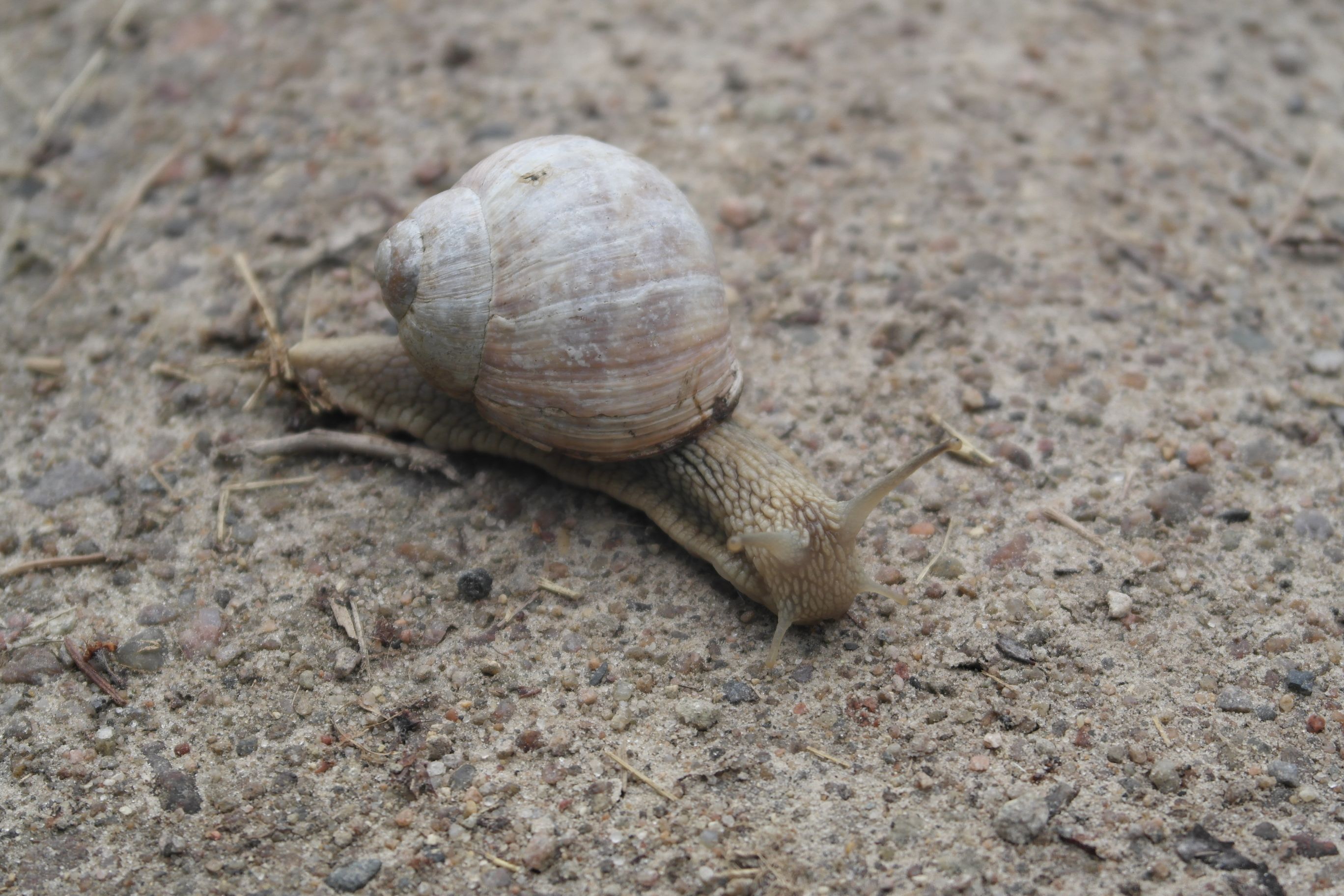It’s once again time for a release. This release can mostly be described as a big bugfix one. Mostly taking care of some bugs introduced in R20 (which is no longer linked since R19 is better to use when testing if things work in a previous version). Anyway, the main new features are:
- FrameEval — A nice and convenient way to do almost any per frame operation conceivable
- RemoveGrain/Repair — Now ported to be native plugins
- Text — A very handy function to print text for debug purposes
There are also plenty of small improvements such as error messages being printed on VFW error clips, optimizations of common functions and fixes here and there.
For R22 the long C++11 migration will start. The ultimate goal is to remove the dependency on Qt completely but that will most likely take over a year to accomplish. As a short term goal writing more filters is my priority.

